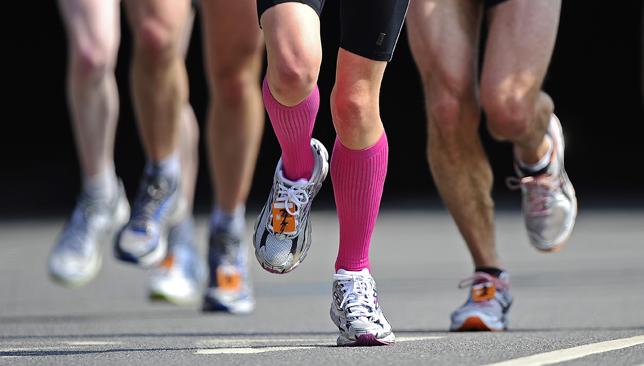
The benefits of running are many:
• Improved health for the heart and lungs as well as all major organs

Despite all of these benefits, so many people say they simply can’t run. Anything from getting out of breath to injuries are all barriers to what is one of the most effective forms of exercise. The problem is that people just don’t prepare and build up to jogging and can be put off within the first couple of weeks. Follow these rules and nothing will stop you!
1. Trainers: You must have the appropriate footwear suitable for your gait if you can find a shop with someone to watch you walk. If not, try on lots of pairs and see which are the most comfortable and supportive. The wrong footwear will lead to injuries and yes, the best trainers are expensive but they will last at least a year.
2. Walk: If you are overweight, unfit, new to running or have joint problems, you must start off by walking, gradually picking up the pace as your body becomes stronger. Running is a high-impact sport which will put pressure on your joints – knees and hips in particular – unless your muscles are strong enough to take the impact. As with all exercise, when you start to struggle for breath, slow it down then pick up the pace again.

3. Count the breath: Don’t just leave breathing to chance. Count for four or five steps as you inhale, then four or five steps as you exhale. As you pick up the pace, you will get fewer steps for your breath. By counting, you will ensure that you will have enough breath rather than collapsing in a heap gasping for air. It will ensure that your muscles are getting enough oxygen to prevent those heavy, painful legs half way through your run.
4. Warm up: Walk for about 500m, swinging your arms, breathing deeply, perhaps bringing the knees up high from time to time. There has been an anti-stretch campaign prior to exercise for some time now, but if you warm up as suggested above, the muscles will be warm enough to gently stretch them which will definitely help avoid injury.
5. Find a friend: If you find that you are at different levels of ability, the better runner can always sprint for a 100 or 200m and then jog back to their companion. The point of a friend is that it will be more fun and you will both be able to motivate each other to turn up.